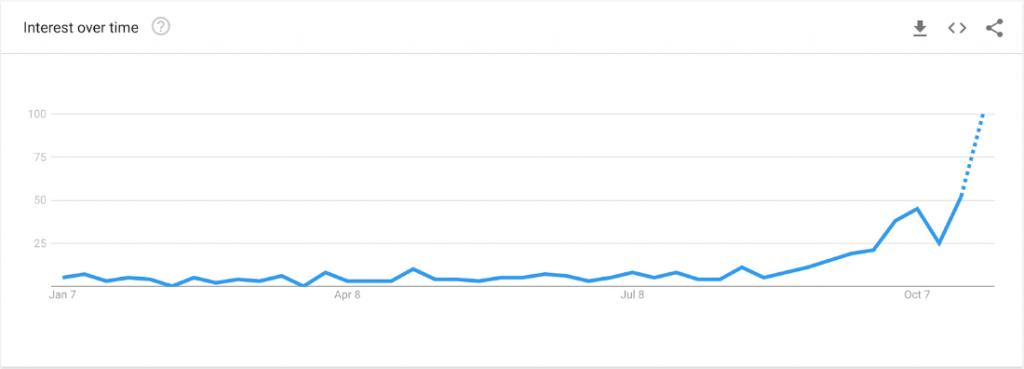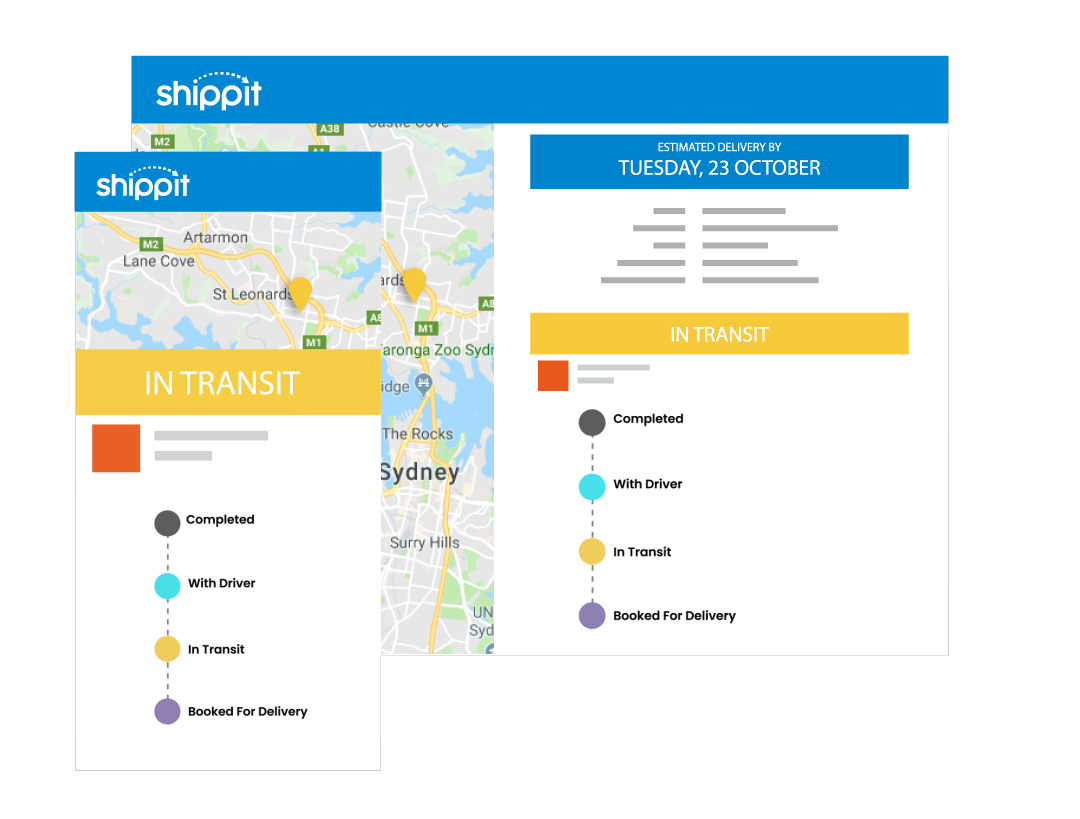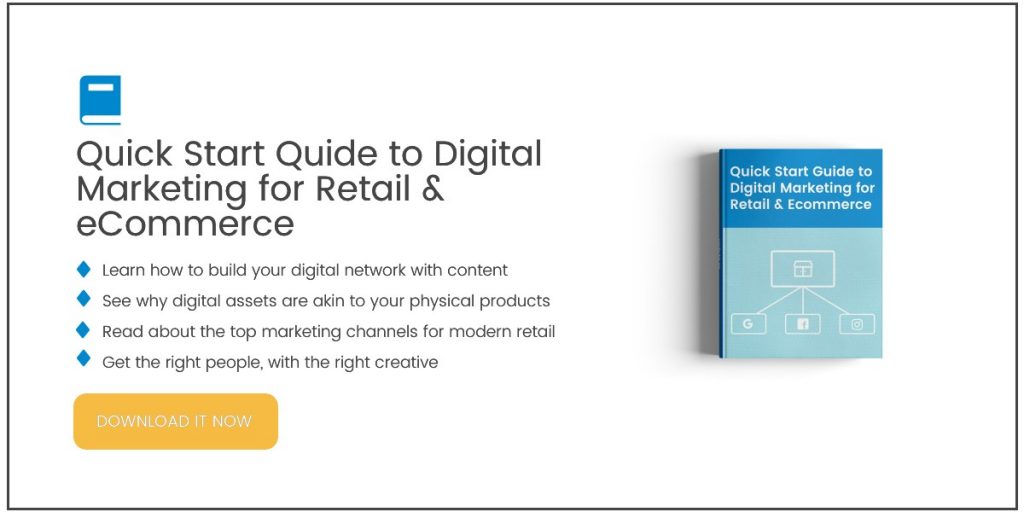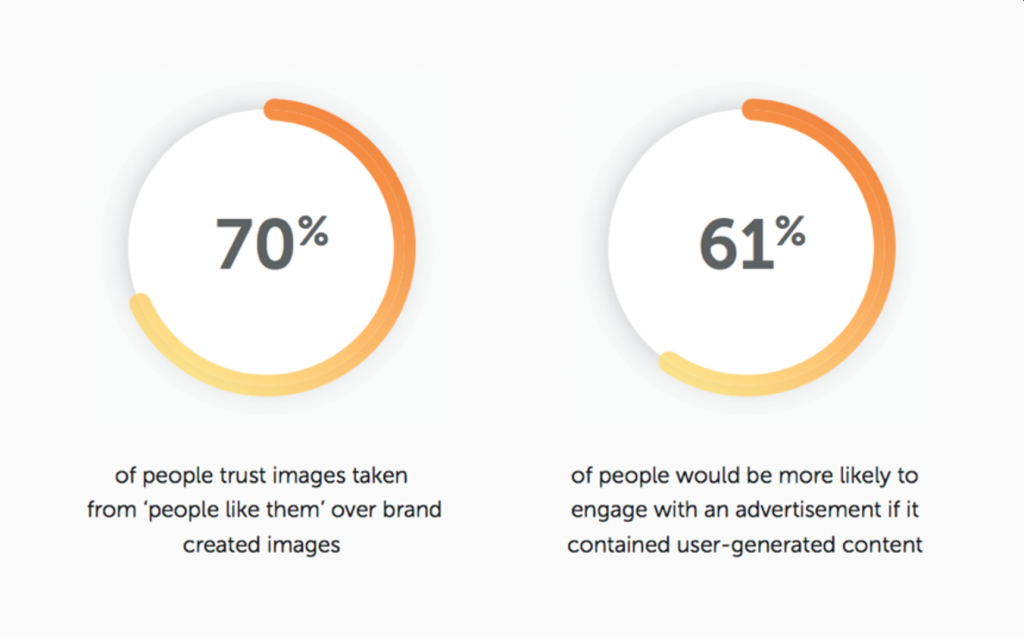When it comes to last-minute holiday shopping, we think of frantic consumers making a mad dash to the shopping centre on Christmas Eve. However, as online shopping takes over and Christmas draws closer, eCommerce retailers with a seasonally relevant strategy are well placed to take advantage of holidays like Christmas and Boxing Day.
Getting your digital strategy right is a balancing act that involves careful planning and meticulous execution. To succeed in a highly competitive online environment, not only do you need to have all your ducks in a row, but you need to you know how to analyse your data, listen to your customers and react to change.
As costs per acquisition generally rise in peak periods leading up to holidays and seasonal events, smart marketers need to put strategies in place to balance paid acquisition with organic reach. Given that the festive season is packed with gift-giving opportunities, adding seasonal SEO to your digital strategy is key to cashing in.
Enter Seasonal SEO
While Christmas, Boxing Day and New Year’s Eve are the front-runners for seasonal campaigns, the calendar is littered with opportunities for retailers to increase their organic reach. Events like Halloween, Black Holiday and Cyber Monday are becoming increasingly popular in Australia and present an excellent opportunity for online retailers. Along with the usual suspects like Back-to-School, Mother’s Day, Father’s Day and Valentine’s Day, local holidays like the Melbourne Cup are also excellent conversion opportunities for fashion retailers to cash in on organic search results.
Think about it this way – any holiday or event that prompts a consumer to search in Google presents an opportunity for a retailer to capitalise on. Regardless of whether it’s Christmas in July or the start of the Spring Racing Carnival, all of these holidays and events impact consumer behaviour and drive spikes in organic search queries.
The Importance of Seasonal Traffic
Every business has its cycle and season. An online swimwear retailer, for example, would rely on peak periods to drive higher revenues and balance out flatter sales during off-peak periods.
Seasonal SEO strategies shouldn’t be thought of as quick-win tactics. When planned correctly, they can have a dramatic effect on increasing organic reach, and give your site a serious competitive advantage.
Start by identifying holiday trends and seasonal behaviour changes. Google Trends is a great tool to see how search interest changes over time. For example, you can see search trends for ‘Christmas gift ideas’ grows dramatically from August.

Google Trends can show you how people have searched for specific terms over time and you can narrow your search down to location and city. Understanding these trends will help you plan your campaigns well in advance.
Once you understand how to plan for seasonal searches, you can use targeted campaigns that meet the specific needs of potential customers by catering directly to their user intent.
Because content takes time to plan and publish, and search engines take time to index results – planning is essential. Regardless of your industry or business size, seasonal campaigns should ideally be prepared three months ahead of time.
When planning your seasonal SEO strategy, think about key events or holidays that tie into your demographic. Then, work backwards to leave yourself enough time to get the campaign off the ground. Consider what content you’ll need for the campaign such as blog posts, gift guides and category or landing pages.
As seasonal campaigns are time-sensitive, always start with the most relevant content and allow enough time for search engine indexing. Also, allow time for organic traffic to start picking up so that can optimise the page for conversions before the campaign officially kicks off.
Optimising User Intent
While driving droves of organic traffic to your site is great, optimising the experience is what’s ultimately going to push results. If your campaign is about last minute Christmas gifts, aim to address the customer’s pain points and drive convenience. Make sure your on-page messaging reflects the user intent, and in the example of last-minute shopping, clearly display delivery times and cut-off dates, and offer a click and collect option.
Keyword research tools like Google Keyword Planner can help you tailor content ideas to match user intent and capture long-tail opportunities. For example, if you were an online clothing retailer, you could target combinations such as ‘gift ideas for her’ and ‘race day dresses.’ You could also experiment with price-driven categories such as ‘secret Santa gifts under $50.’
Shouting it From the Rooftops
Now you’ve identified trends, researched relevant keywords, built great content and developed a landing page; it’s time to kick your campaign off. While SEO is a great way to pull users into your site, there’s a lot more you can do to push the message. Don’t forget about email marketing, spreading the message across your social channels, and even sending some paid traffic to your landing pages in the lead up to the event.



